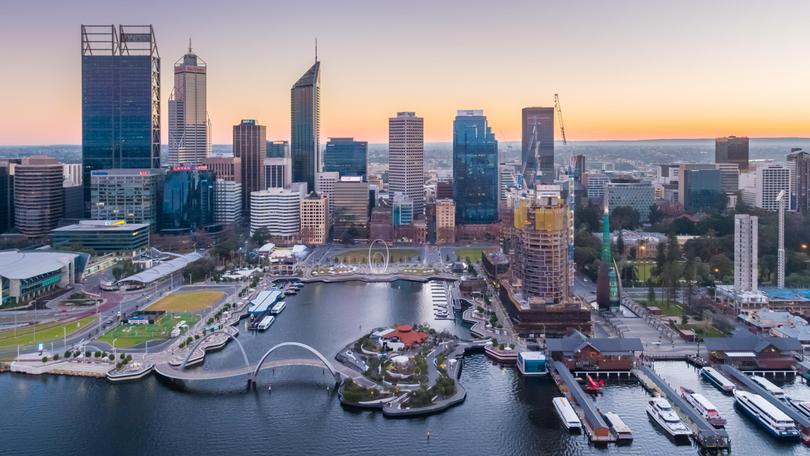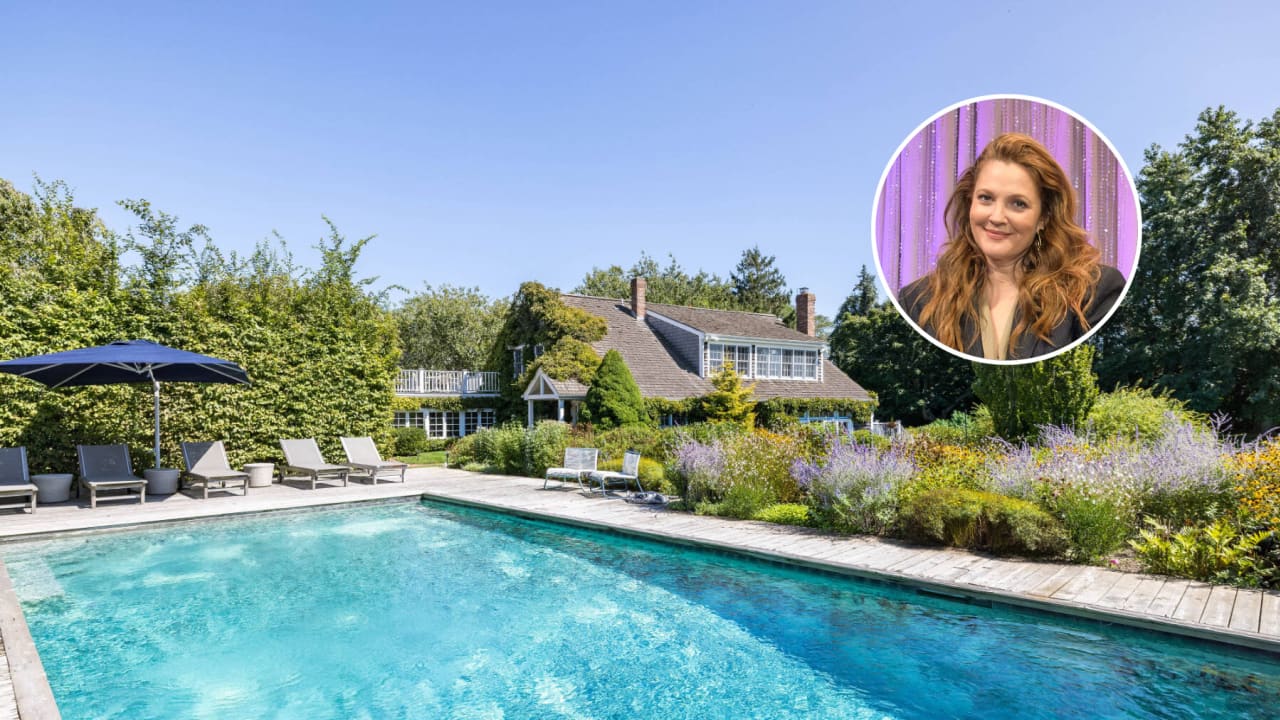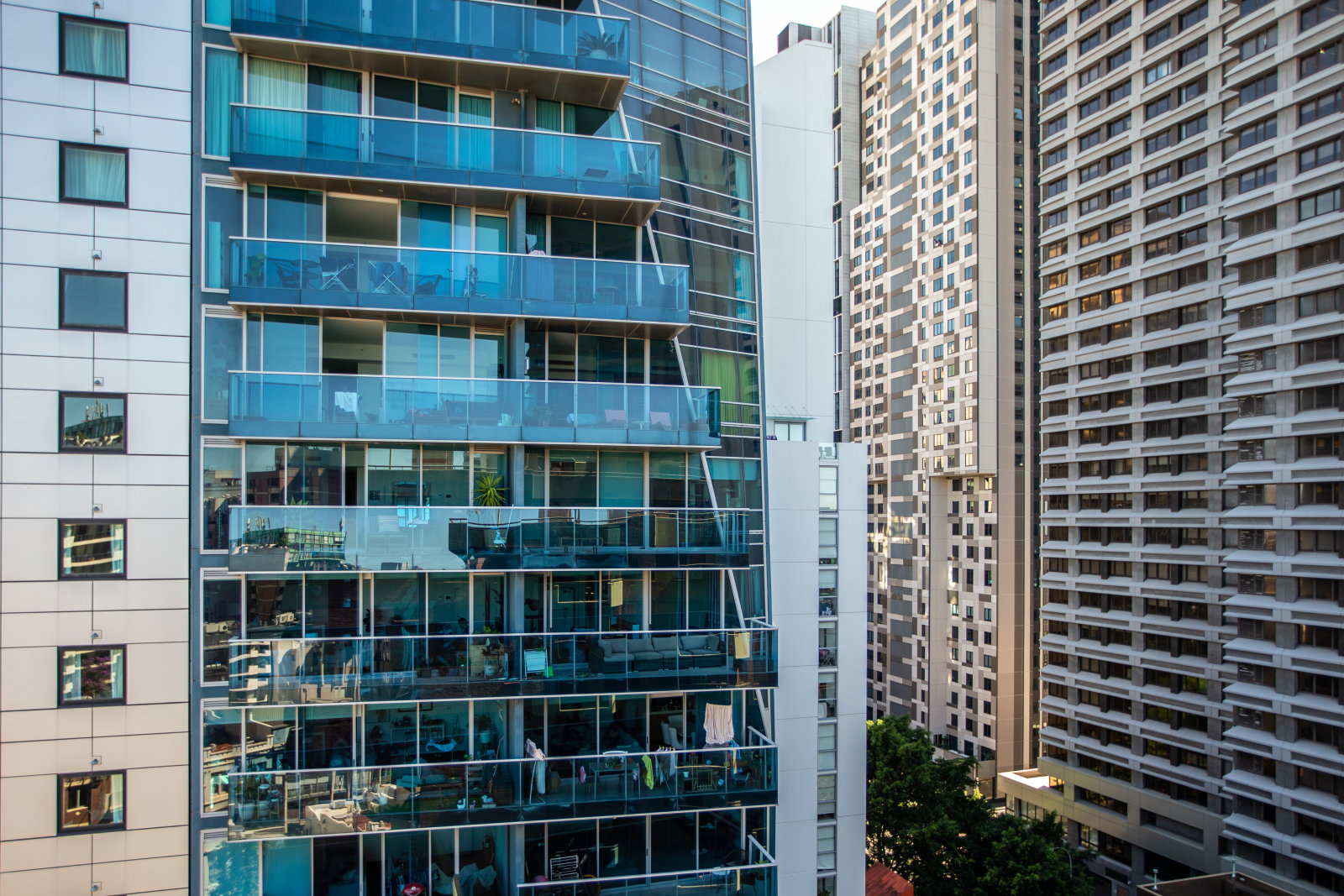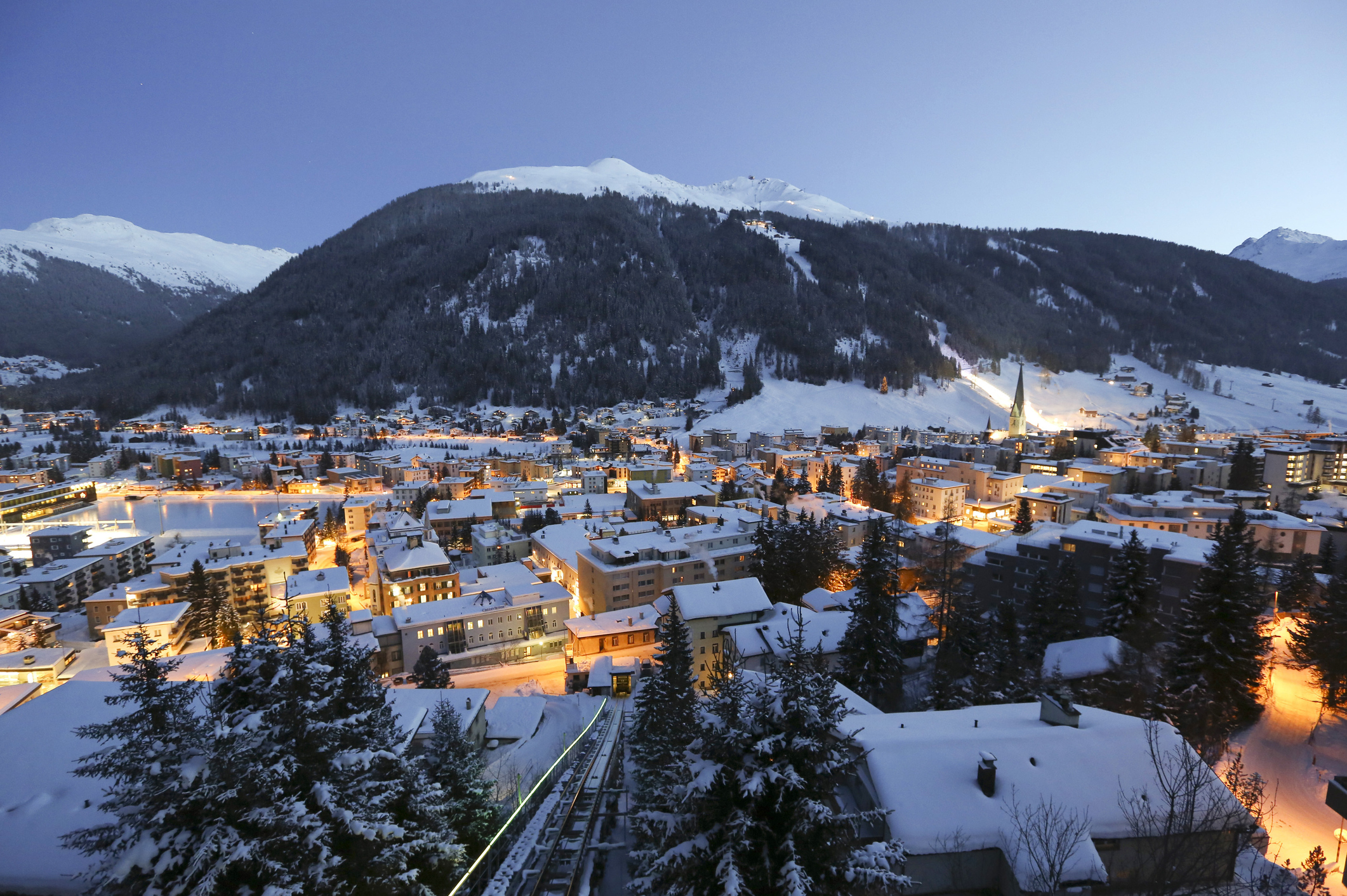The Australian property investment market bounces back
More property investment means more supply for tenants amid a rental housing crisis
Investors are returning to the property market after an exodus in early 2023 and a significant decline in investor buying between 2015 and 2020. The lack of investor activity has been seen as a contributor to today’s massive undersupply of rental homes. That five-year decline began after the banks applied higher interest rates to investor loans in a bid to slow investor loan growth, as requested by the prudential regulator.
However, the latest lending data from the Australian Bureau of Statistics shows a 20.4 percent increase in the value of investor loans over the past year, indicating more investors are buying property. This is welcome news for renters across the country, who are finding it exceedingly difficult to secure affordable accommodation amid rapidly rising rents and record-low vacancy rates of about 1 percent.
Last year’s surprisingly strong price growth across most of Australia’s markets has likely inspired more investors to look at property again. Capital growth is typically the primary goal of new investors, with yield seen as simply a way to help pay off the mortgage over time. However, yield becomes more important when interest rates are rising, and a 40 percent increase in rents since the pandemic means many city and regional markets are now delivering healthy yields above 5 percent.
Investors are also increasingly looking beyond their own neighbourhoods for more attractive property investment opportunities, typically in cheaper markets. Research by MCG Quantity Surveyors shows the average distance between landlords’ homes and their investments was 1,502km in the year to November 2023. Prior to the pandemic, that average distance was just 294km.
Western Australia provides an example of this trend, and is one of the hottest markets among out-of-area investors today. This follows a 15.6 percent lift in Perth’s median house price to $691,100 in 2023 – the highest capital gain of any capital city – along with an 8.2 percent increase in regional house values to a median $477,690 – the third highest gain among Australia’s regions, according to CoreLogic figures.
“WA and Perth have caught the eye of Eastern States investors,” said Joe White, president of the Real Estate Institute of Western Australia (REIWA). “They’re drawn by the value our market offers. Despite increases over the past few years, our property prices are much more affordable than the east coast and we’ve had significant rent price growth. This means properties have the potential for very good yields.”
Total returns including capital growth and rent on investment houses reached a staggering 20.8 percent in Perth last year, and 14.5 percent in regional areas, according to CoreLogic data.
This stylish family home combines a classic palette and finishes with a flexible floorplan
Just 55 minutes from Sydney, make this your creative getaway located in the majestic Hawkesbury region.
Companies are leasing premium office space to entice workers back, but employees in one major capital are holding out
The post-COVID return to CBD offices continues across Australia, with the average office occupancy rate climbing to 76 percent of pre-pandemic levels in the first quarter of 2024, according to new CBRE figures. Workers are gradually responding to their employers’ requests to attend their offices more regularly to enable greater collaboration with workmates. The occupancy rate has risen from 70 percent in the December quarter and 67 percent 12 months ago.
Occupancy rates improved across all capital cities during the March quarter, with Perth and Adelaide maintaining the strongest rates of 93 percent and 88 percent respectively. CBRE analysis suggests shorter commuting times and less structured working-from-home arrangements in these cities have contributed to higher rates of return. Brisbane’s occupancy rate is 86 percent of pre-COVID levels, weighed down by a slower return within the public sector, which represents 35 percent of the city’s office space. This same trend is being seen in Canberra, where the occupancy rate is just 66 percent.
In Sydney, the occupancy rate has risen to 77 percent, largely due to major banks and professional services firms pushing for more staff to return to the office this year. There has been a significant increase in workers returning to offices in Melbourne, with the occupancy rate up from 57 percent last quarter to 62 percent now. However, this is still the lowest attendance rate in the capital cities.
Businesses are increasingly pushing workers to return to the office because they are concerned working from home over multiple years will have a negative long-term impact on company-wide productivity. Part of the problem is new employees not having regular access to senior staff so they can learn and work more effectively and productively. CBRE says lower levels of collaboration and interaction reduce innovation, which is a particular concern for technology firms. They were quick to embrace remote working during COVID, but are now seeing dampened creativity among staff.
Tuesday is the peak day for attendance at CBD offices and Friday is the lowest day. Two-thirds of organisations that have moved their corporate headquarters since COVID have chosen to upgrade to premium office buildings, according to CBRE’s research. Premium blocks typically feature retail, restaurants, and recreational amenities on the ground floor, and command a higher rent. Companies are deciding it’s worth the cost to entice workers backand keep them feeling happy and engaged.
Jenny Liu, Director of Workplace Consulting at CBRE, said a vibrant workplace experience is essential.
“A workplace experience isn’t just environment, cool furniture and tech anymore,” she said. “It’s the culture, ways of working, leadership, and how vibrancy is created.”
Some companies are using apps that inform staff who will be in the office tomorrow. CBRE Research Manager Thomas Biglands said:
“It’s important that you achieve a critical mass of visitation so that employees come in and feel as though the office is vibrant and full,” he said.
Some firms are linking salary and promotions to office attendance to reward those workers providing higher contributions to corporate culture and mentoring younger staff.
The rate of return to offices in Australia is much higher than in the United States, where occupancy rates have remained at about 50 percent over the past year. CBRE analysis suggests this may be due to better public transport, shorter commutes and lower inner-city crime rates in Australia.
Just 55 minutes from Sydney, make this your creative getaway located in the majestic Hawkesbury region.
Consumers are going to gravitate toward applications powered by the buzzy new technology, analyst Michael Wolf predicts



















